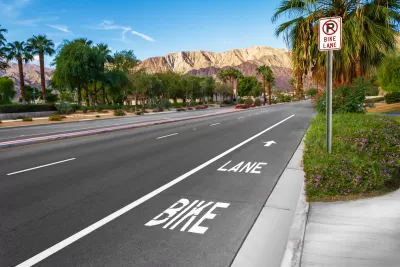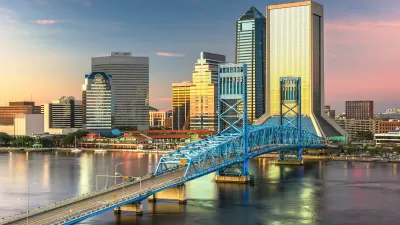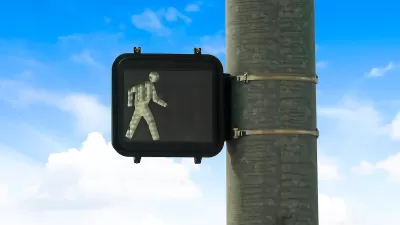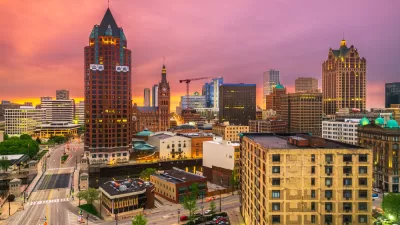Often car-centric, these cities in the South and West are working to make their roads safer for pedestrians, cyclists, and transit riders.

As their populations—and the number of pedestrian deaths—grow, Sun Belt cities Jacksonville Tucson and Memphis are rethinking their transportation planning strategies to improve safety and mobility for their residents. An article by Dan Zukowski, Julia Himmel, and Shaun Lucas in Smart Cities Dive reveals that “Nine of the 10 most dangerous states for pedestrians are in the Sun Belt, according to a 2022 Smart Growth America report.”
The article describes the road safety efforts that three cities—Tucson, Jacksonville, and Los Angeles. In Tucson, “The city is now looking to introduce ‘road diets’ with bikeways and safer crossings, thus reducing and slowing traffic for a ‘better pedestrian experience on those roadways as well as reducing vehicular crashes,’” according to its Complete Streets program coordinator.
In car-centric Jacksonville, “The [Jacksonville Transportation Authority] is working with the city of Jacksonville, the North Florida Transportation Planning Organization and the Florida Department of Transportation to focus road construction more on people and less on automobiles as they build additional roadways” by improving pedestrian and bike infrastructure along transit corridors, among other projects.
In Los Angeles, where half of the county’s fatal and severe-injury crashes occur on 4 percent of roads, “DPW is implementing tactics to improve pedestrian safety that include curb extensions to slow vehicles making right turns, high-visibility crosswalks and traffic signals that give pedestrians extra time.” Thanks to new flexibility created by a state law that allows cities to adjust speed limits for safety, Los Angeles lowered speed limits on 177 miles of road in 2022.
FULL STORY: Can Sun Belt cities go from danger zones to pedestrian-friendly?

Maui's Vacation Rental Debate Turns Ugly
Verbal attacks, misinformation campaigns and fistfights plague a high-stakes debate to convert thousands of vacation rentals into long-term housing.

Planetizen Federal Action Tracker
A weekly monitor of how Trump’s orders and actions are impacting planners and planning in America.

In Urban Planning, AI Prompting Could be the New Design Thinking
Creativity has long been key to great urban design. What if we see AI as our new creative partner?

King County Supportive Housing Program Offers Hope for Unhoused Residents
The county is taking a ‘Housing First’ approach that prioritizes getting people into housing, then offering wraparound supportive services.

Researchers Use AI to Get Clearer Picture of US Housing
Analysts are using artificial intelligence to supercharge their research by allowing them to comb through data faster. Though these AI tools can be error prone, they save time and housing researchers are optimistic about the future.

Making Shared Micromobility More Inclusive
Cities and shared mobility system operators can do more to include people with disabilities in planning and operations, per a new report.
Urban Design for Planners 1: Software Tools
This six-course series explores essential urban design concepts using open source software and equips planners with the tools they need to participate fully in the urban design process.
Planning for Universal Design
Learn the tools for implementing Universal Design in planning regulations.
planning NEXT
Appalachian Highlands Housing Partners
Mpact (founded as Rail~Volution)
City of Camden Redevelopment Agency
City of Astoria
City of Portland
City of Laramie





























